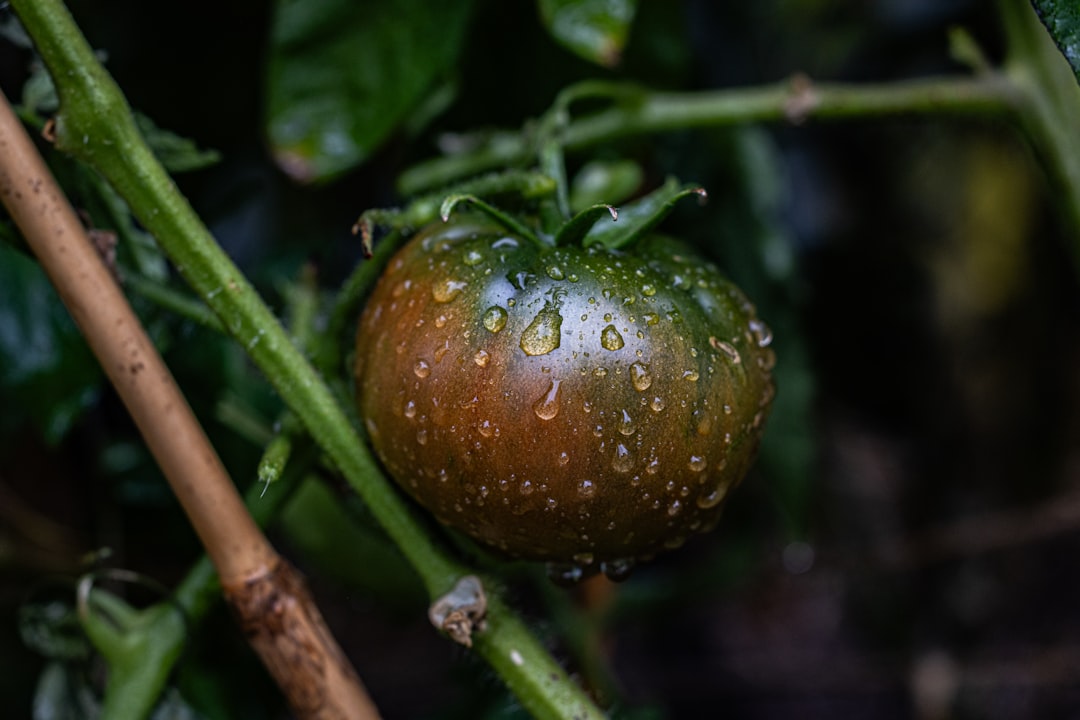Edible gardening is a rewarding endeavor, and growing tomatoes is a popular choice among gardeners. However, to ensure a bountiful harvest and healthy plants, proper pruning is essential. This guide will walk you through the ins and outs of pruning tomato plants, including which types of tomatoes to prune, when to prune them, and the correct techniques for making your cuts.
First, it's important to understand the two main types of tomato plants: determinate and indeterminate. Determinate tomato plants are compact and bushy, reaching a set height and producing all their fruit within a relatively short period. These plants generally do not require extensive pruning, as they have a more self - regulating growth habit. However, you can still remove any yellow or diseased leaves to improve air circulation and prevent the spread of pests and diseases.
On the other hand, indeterminate tomato plants are vining and continue to grow and produce fruit throughout the growing season. Pruning indeterminate tomatoes is crucial for several reasons. By removing suckers, which are the small shoots that grow in the crotch between the main stem and the branches, you can direct the plant's energy towards fruit production. Suckers, if left unchecked, will grow into additional branches, resulting in a bushy plant with less sunlight penetration and air circulation. This can lead to increased humidity around the plant, making it more susceptible to fungal diseases such as blight.
So, when is the best time to prune tomato plants? It's recommended to start pruning when the plants are young, around 12 - 18 inches tall. This allows you to shape the plant early on and establish a strong structure. As the plant grows, continue to monitor for suckers and remove them regularly. It's best to prune in the morning when the plants are dry, as this reduces the risk of spreading diseases. Avoid pruning during wet weather or when the plants are wet from watering.
Now, let's talk about how to make the cuts. When removing suckers, use a sharp, clean pair of pruning shears or scissors. Make a clean cut as close to the main stem as possible without damaging the stem. You can also remove any lower leaves that are touching the ground. These leaves are more likely to come into contact with soil - borne diseases and pests. Additionally, if you notice any branches that are crossing or rubbing against each other, remove one of them to prevent damage and improve the overall shape of the plant.
Another aspect of pruning is managing the height of indeterminate tomato plants. If your plants are getting too tall and are at risk of falling over or becoming unmanageable, you can top the plants. Topping involves cutting off the growing tip of the main stem. This signals the plant to stop growing vertically and focus on lateral growth and fruit production. However, be careful not to top the plants too early, as this can reduce the overall yield.
Proper pruning also has an impact on the quality of the fruit. By allowing more sunlight to reach the remaining branches and fruit, you can improve the flavor and color of the tomatoes. Pruned plants are also easier to manage and harvest from, as there is less foliage to navigate through. Moreover, good air circulation helps to keep the plants dry, which is essential for preventing diseases.
In addition to pruning, it's important to support your tomato plants. Staking or caging the plants provides support and keeps the branches off the ground. This not only makes pruning easier but also helps to prevent the fruit from rotting due to contact with the soil. When staking, insert a stake into the ground near the base of the plant and tie the main stem to the stake using soft twine or plant ties. For caging, place a tomato cage around the plant at the time of planting.
As you continue to prune your tomato plants throughout the growing season, keep an eye out for any signs of stress or disease. If you notice any discolored leaves, spots, or wilting, take appropriate action immediately. This may involve removing the affected parts of the plant, treating with an organic fungicide or pesticide, or adjusting your watering and fertilizing routine.
In conclusion, pruning tomato plants is a vital part of edible gardening. Whether you're growing determinate or indeterminate varieties, understanding the proper pruning techniques can lead to healthier plants, a more abundant harvest, and better - quality tomatoes. By following the guidelines in this simple guide, you'll be well on your way to becoming a master at pruning tomato plants and enjoying the fruits of your labor.

